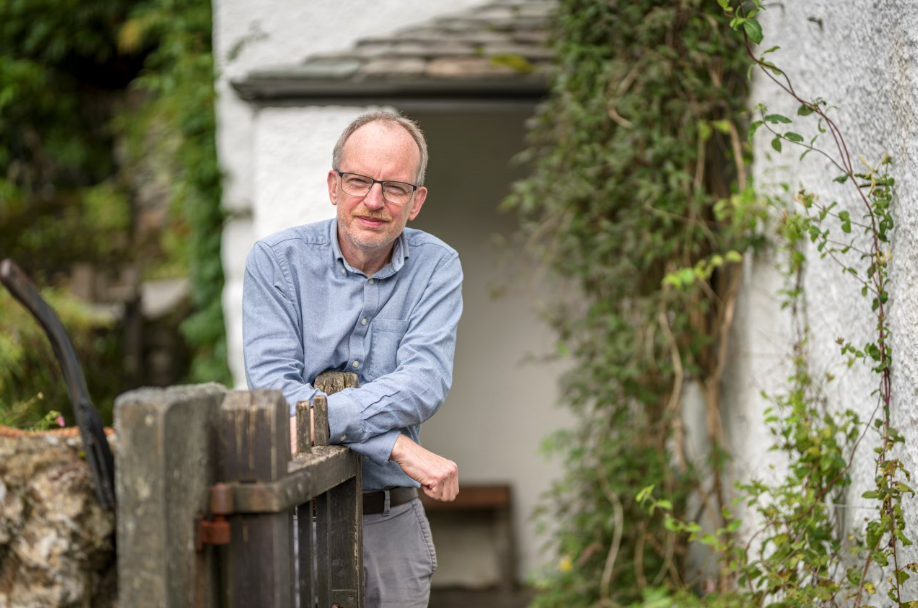An Eye to Perceive
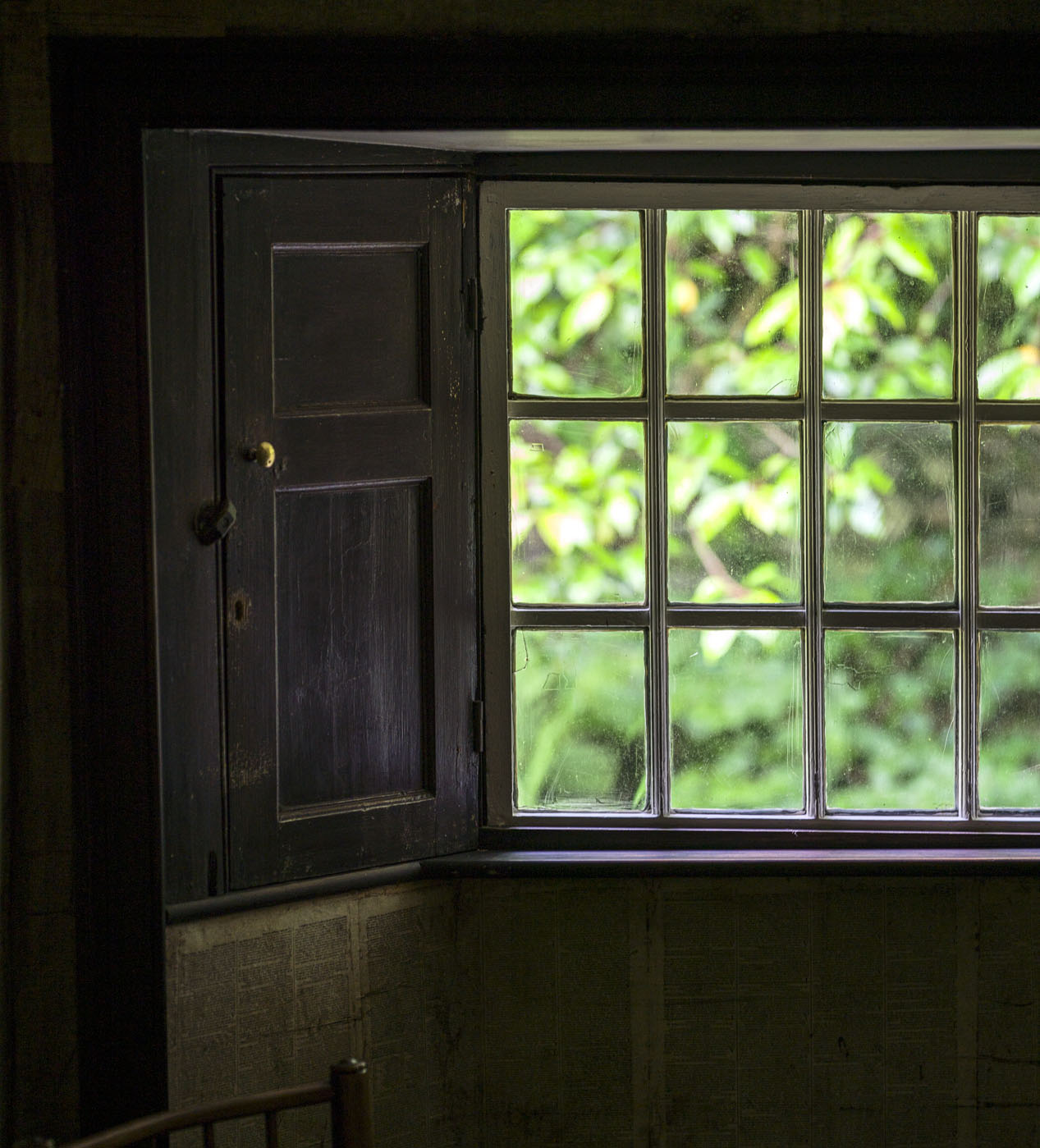
Jeff Cowton, Principal Curator and Head of Learning at Wordsworth Grasmere, explores what Wordsworth can teach us about complete attention in the moment.
Too often when I enter an art gallery the first panel I come to swims before my eyes. I try focusing on it, try to switch my attention from the busy world, to matters of history or art. Can we realistically expect to seamlessly move from bustling ticket desks, lockers and loos to a hushed gallery with written introduction panels requiring our complete attention? How tempting to keep up the momentum – to keep moving, to read a label to a painting and barely glimpse at the object itself. Then there’s the aroma from the café, the allure of the shop and the ever-present temptation to check the phone ‘just in case’.
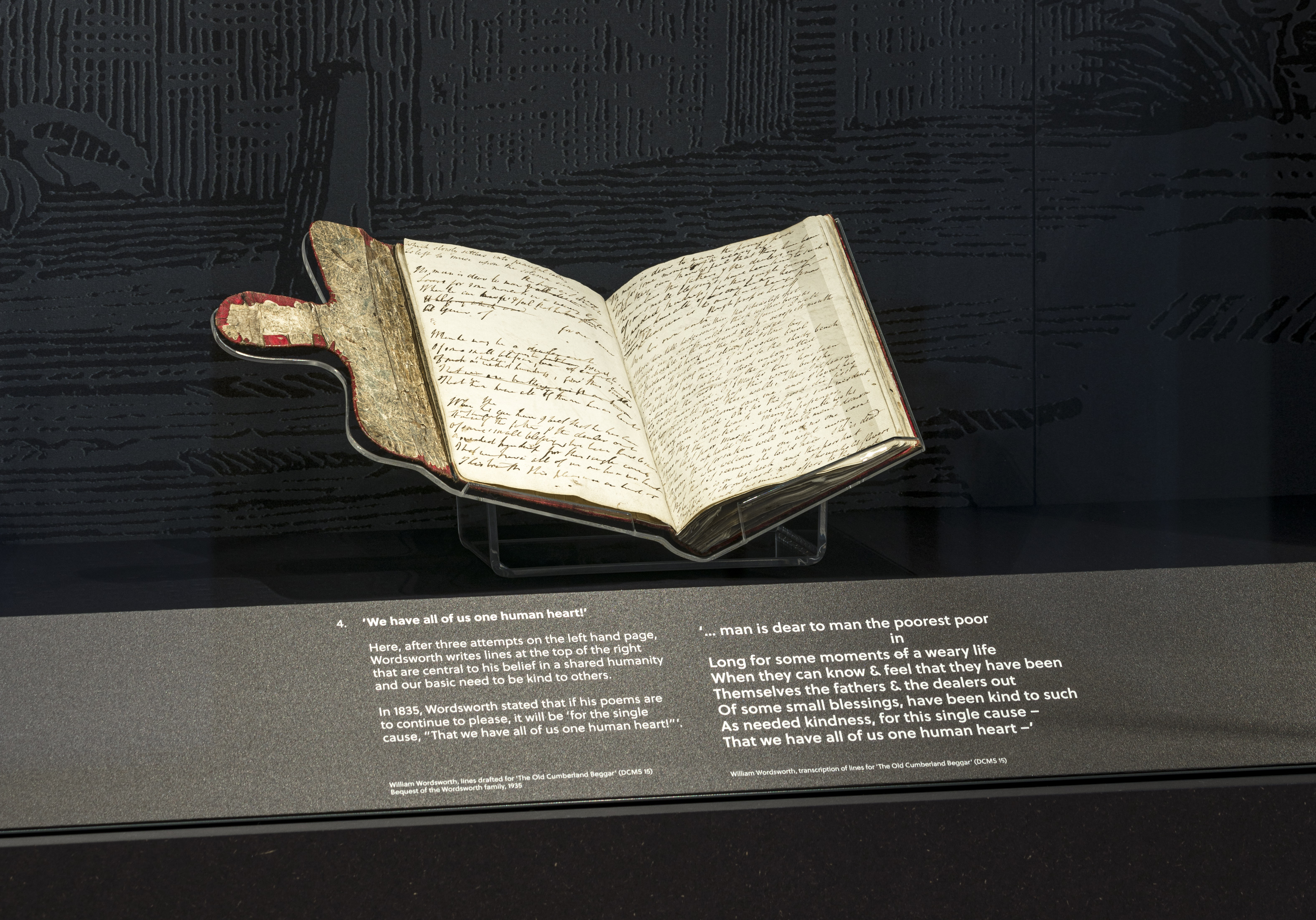
The physical, mental and emotional move across thresholds from day to day outside world to the museum environment has always been present – but is it getting more challenging? Is it realistic to expect someone to move straight from the street to reading an introductory text panel on Renaissance Art? (I am thinking about a recent visit to the National Gallery in Edinburgh). The museum design and interpretation can help in this transition, capturing and guiding the visitor’s attention to the steady state receptive to the art, fertile ground for a whole new stimulation.
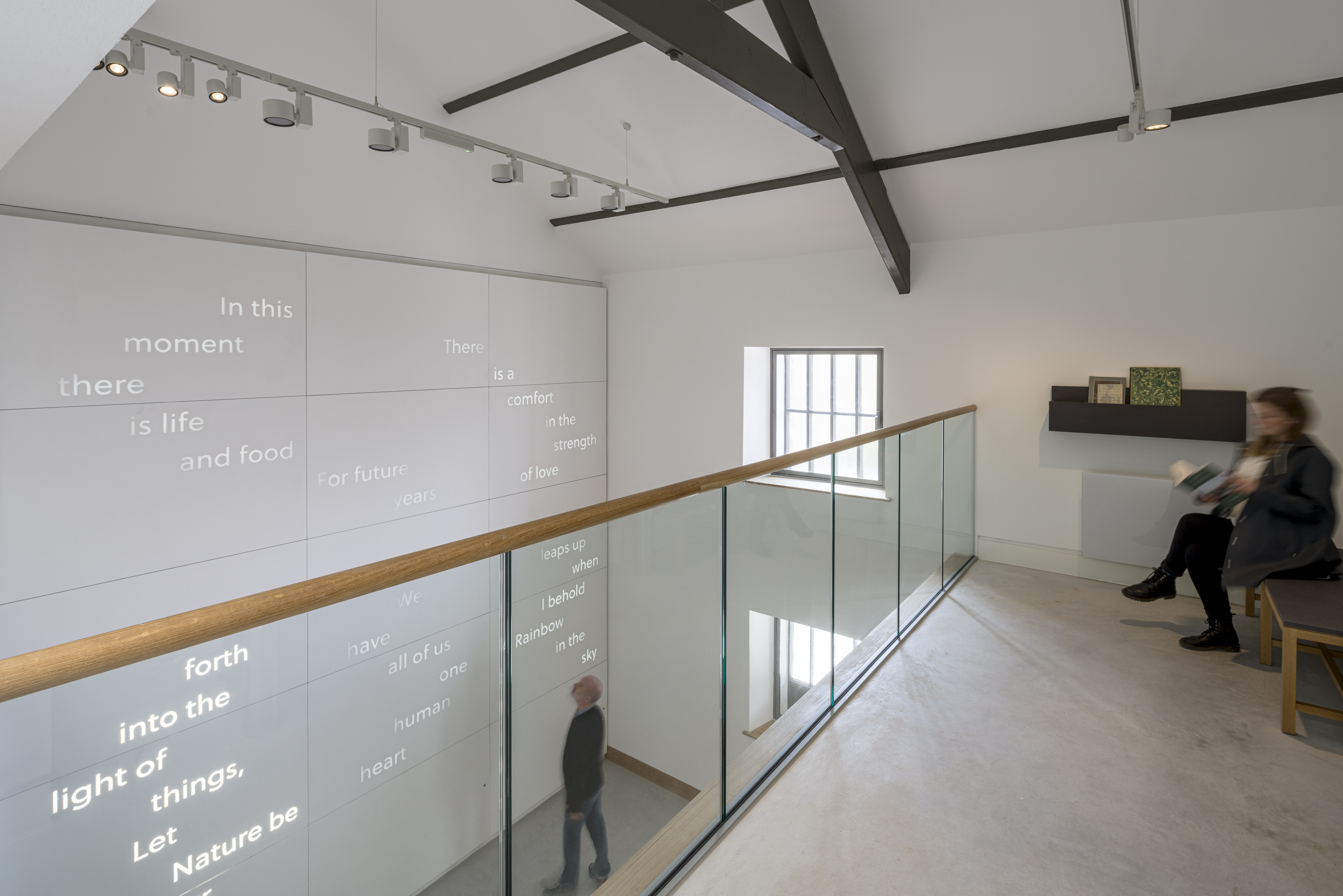
In his writing, William Wordsworth identifies such fertile ground as ‘a heart that watches and receives’, where we are open and receptive, at one, in a state of flow of mind and emotion. The purpose of his poetry, he wrote, was to help people ‘to see, to think and feel’. We might liken the role of interpretation to enable visitors to do the same. We might compare the state of flow in which exhibits hold our complete attention with watching a play in a theatre; it is as if we move from the auditorium and onto the stage with the actors. When looking at a display of manuscripts, the visitor should feel as if they have moved into the room with the writer at work, looking over their shoulder, watching the quill in hand forming the letters, sensing the emotion and breathings of another human being as they put their thoughts and feelings onto paper. To keep our attention, we need to see the relevance of the display to us and be sufficiently challenged, say by handwriting that is just a little difficult to read.
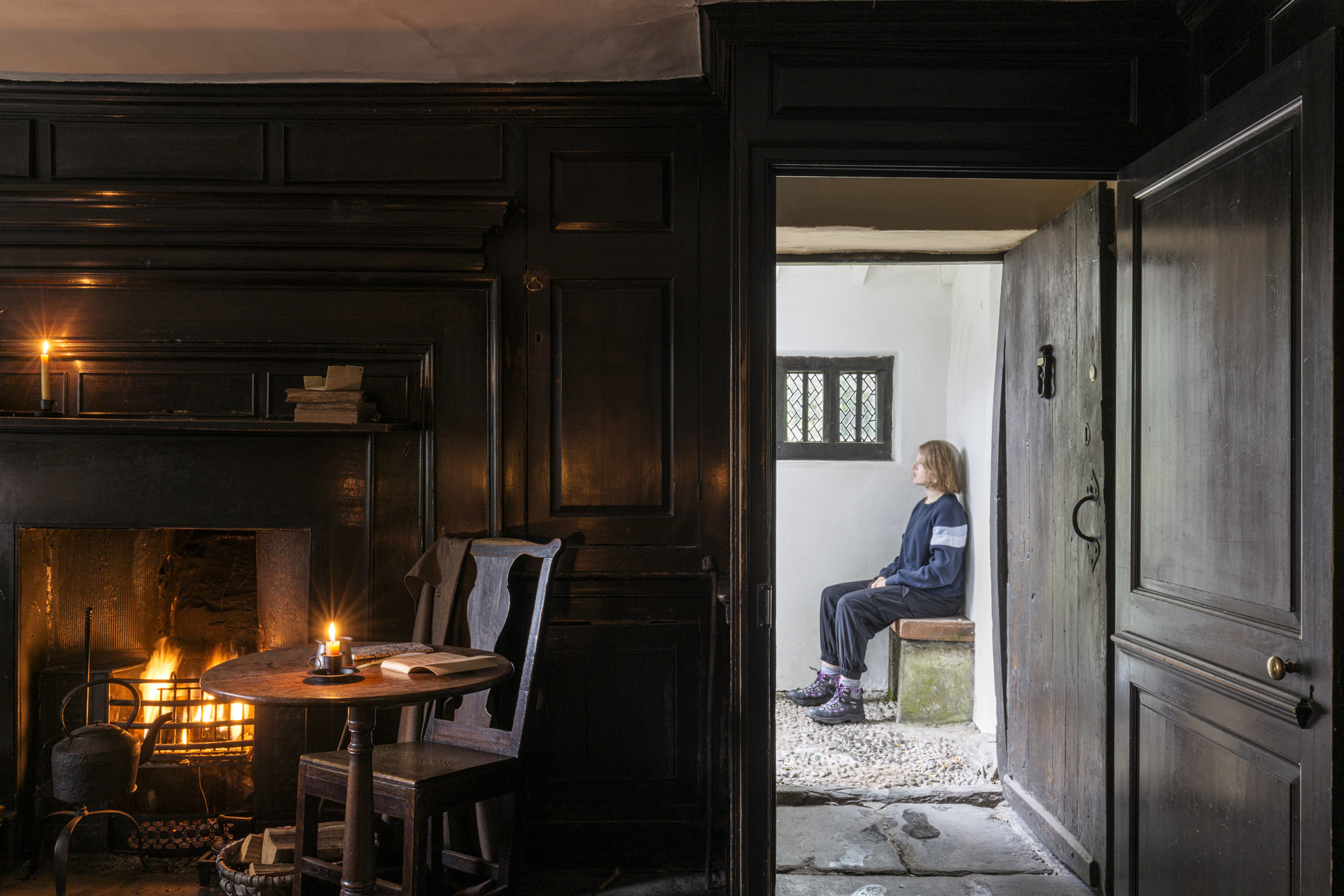
So – how to get from a busy street to the state of flow? Do we need some kind of immersion space before exhibitions begin in earnest, in which visitors enter into a kind of meditative space, in order to help them transition from the hectic or stressful mindsets of their daily lives so that their hearts and minds might be more open for what follows? At Wordsworth Grasmere we offer a surprise to capture attention – a two-storey high wall, beautifully designed with illuminated lines of poetry – a space to ‘settle’ whilst waiting for the guide, then a meandering walk to an intimate space for an immersion film, and finally a silent short walk into the seventeenth century cottage of William and Dorothy Wordsworth. It is a transition into what seems like a very believable home belonging to real people 200 years ago. Our visitors love it!

When entering a museum or gallery, I now go easier on myself, and am not surprised if the introduction is a blur. I don’t ask, as we might in meditation, ‘am I getting it right’? I take a few breaths and give my attention to something small and manageable, something that will ground me in the place and slow me down. I was leaving an exhibition on the history of coins – a lot of coins – in which I had failed to connect with anything, until unexpectedly I saw a display on bartering and goods exchange. This seemed more interesting and without even trying, something slipped in unawares and caught my attention. I could see how coins had come into being, their purpose revealed. The rest of the exhibition was suddenly relevant to my life.
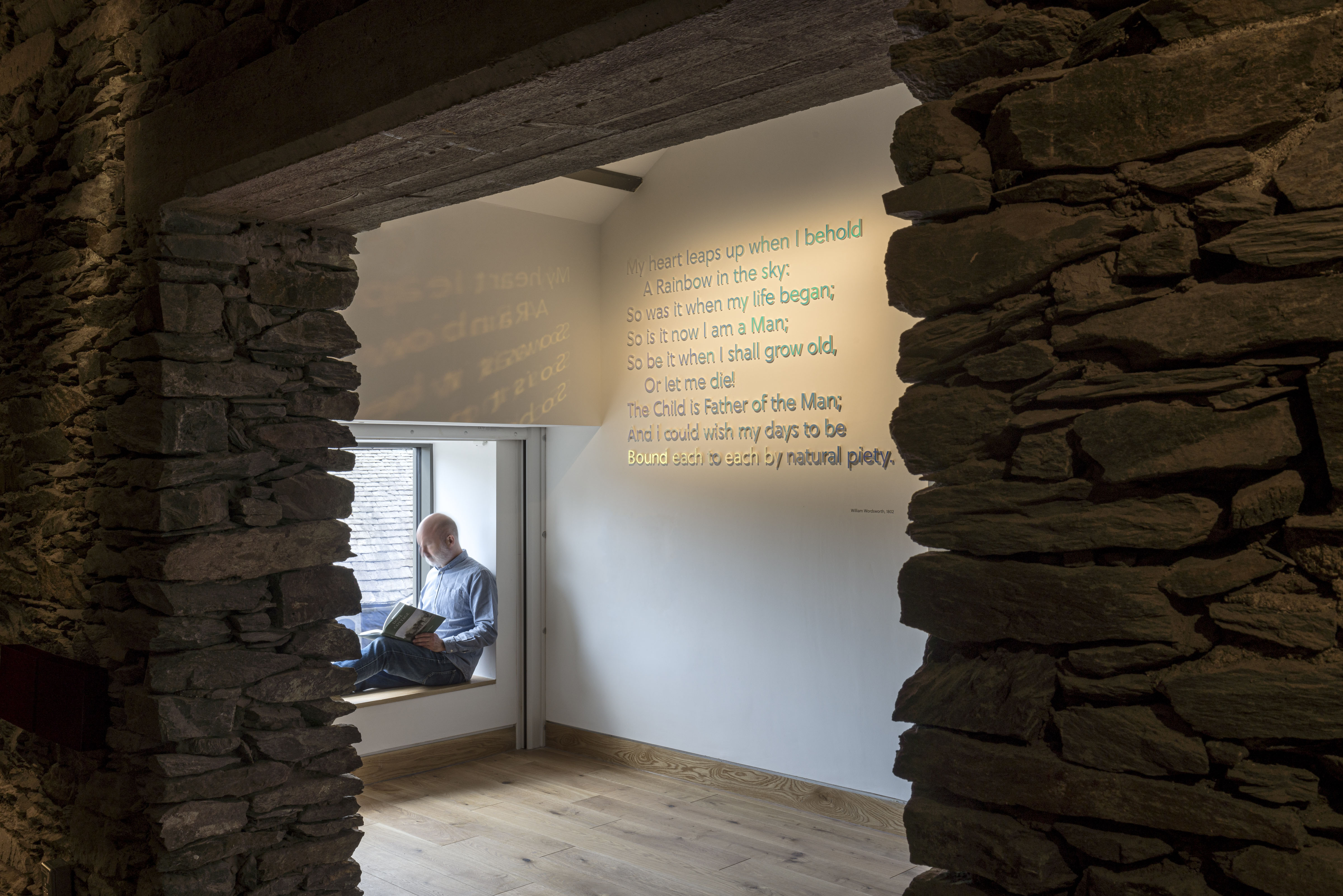
Maybe, to conclude, when we consider the visitor threshold moments we can compare it with preparations for meditation, the ultimate state of flow? (I realise this analogy will work for some galleries, and not for all!) Maybe as the interpreter we adopt the routine of the meditation teacher – make sure the visitor is comfortable, (but not too relaxed to be sleepy!), gently guiding them into a different space through words and the equivalence of counting breaths. And maybe like meditation, we accept that not everyone will fully ‘get there’, but even trying leaves one in a better state than before.

